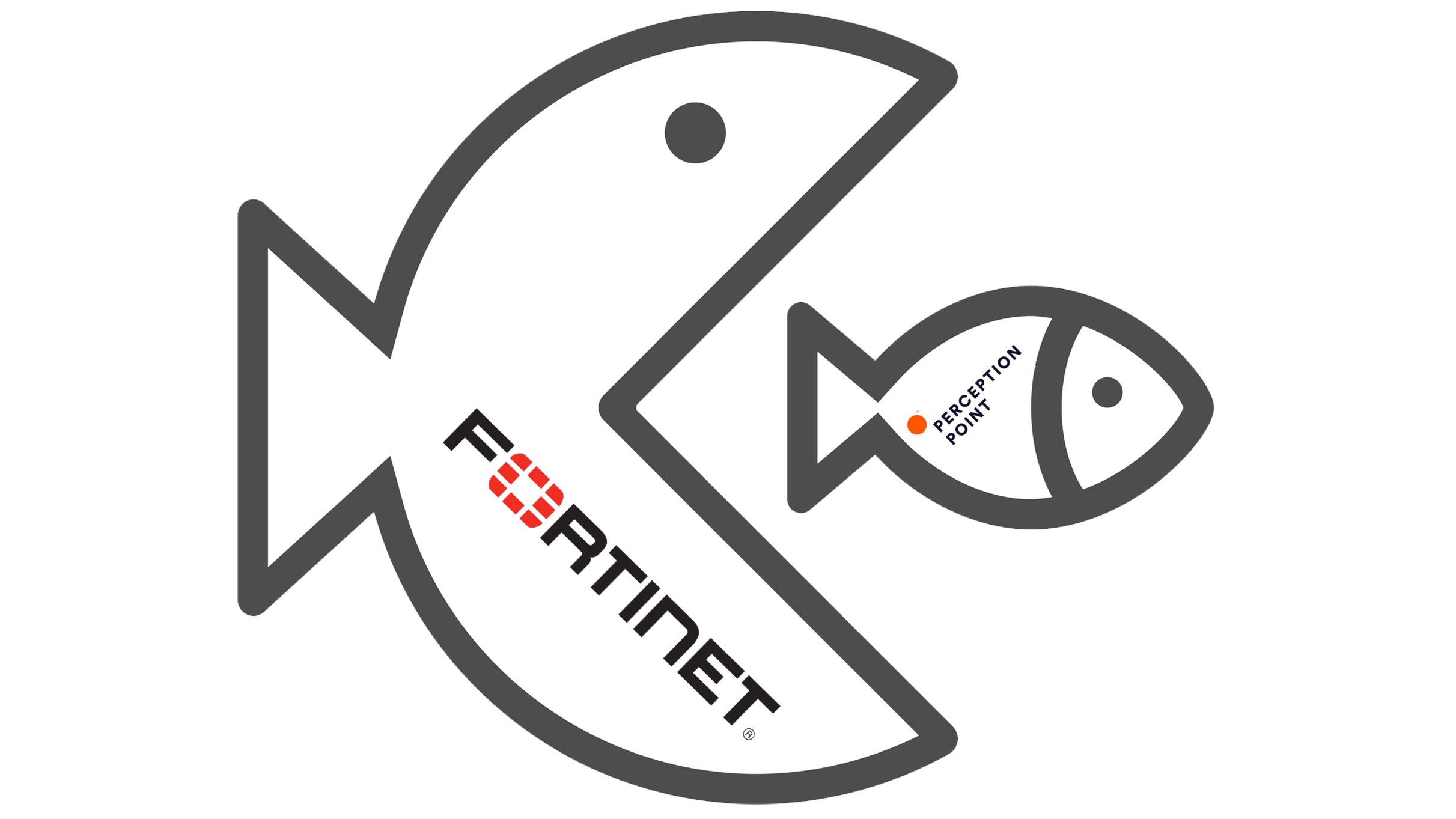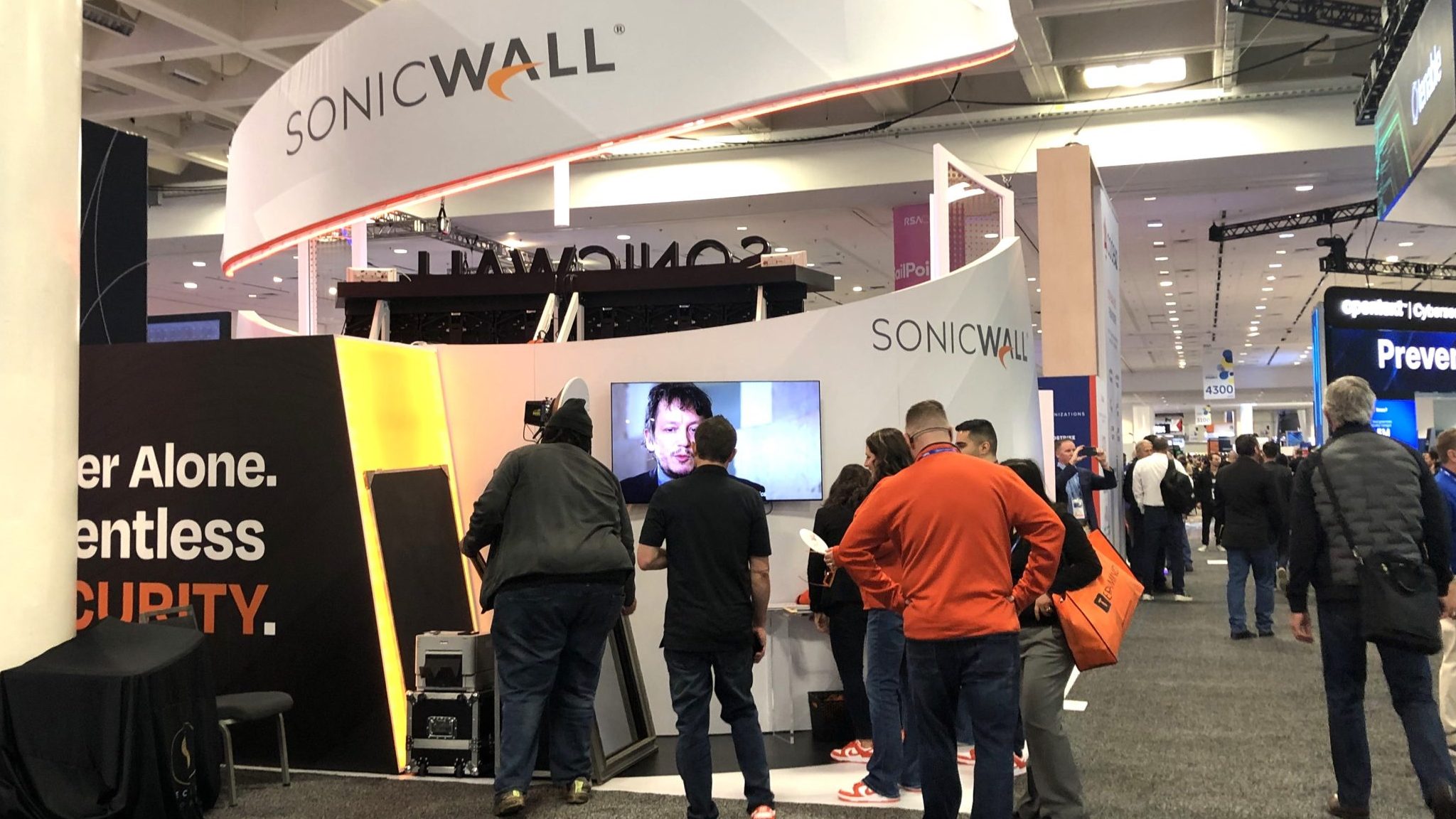SAN FRANCISCO – Intel Labs opened its doors to media and analysts today on the 10th anniversary of Research at Intel. Justin Rattner, Intel Corporation chief technology officer, unveiled a “Facets of Future Life” showcase that featured more than 20 innovative research projects underway that will help transform the future of technology.
Rattner also announced the seventh Intel Science Technology Center (ISTC) focused on social computing and Intel’s first university collaboration to focus specifically on user experience design.
Intel’s ISTC -Social is hosted at University of California, Irvine, and includes partnerships with research groups at Cornell, Georgia Tech, Indiana University and NYU. The center represents the next $15 million installment that completes Intel’s initial 5-year, $100 million ISTC program, first announced in January 2011. As with the other six ISTCs — covering big data, cloud computing, embedded computing, visual computing, secure computing and pervasive computing — the new social computing center is designed to foster tighter collaboration between Intel and academia. The center aims to create a new paradigm for computing and productive new research by a community of social scientists and technologists.
“Complementing Intel’s acknowledged leadership in experience-driven innovation we have formed a multidisciplinary community of Intel, faculty and graduate student researchers from diverse fields to bridge the gap between technical and social disciplines to better advance each others’ work,” Rattner said. “This experience-driven approach can also be seen in technologies from across Intel Labs demonstrated here today, as well as our wildly successful inventions of the past. Past Intel Labs research has resulted in tangible products that impact our daily lives and our research today will enrich our future lives.”
ISTC-Social will focus its research on exploring information technology and digital media as social and cultural phenomena. Referred to in academic circles as “the third wave” of social computing, people’s digital and social lives will become more and more intertwined over time, providing opportunities for innovation in areas such as how they relate to each other through data and how groups can utilize digital tools to engage with others to make changes in the world. ISTC-Social seeks to stand at the forefront of how people use massively networked, mobile and cloud computing to realize new opportunities for progress.
“Facets of Future Life” Showcase
Demonstrations at the Research at Intel event are housed in four interactive zones connected by a cross-disciplinary “Sustainable Living Center” that explores the smart city, home and office of the future. The zones feature:
My Life: Gesture-driven and energy-conscious technologies to enhance and transform home living include in-home sensors that allow people to imagine a context-aware, worry-free and protected experience where keys no longer exist; updates to the “Magic Mirror” virtual dressing room technology incorporating 3-D human avatars that accurately map body shape and move realistically; and, technology that allows users to display and interact with media content on arbitrary surfaces such as a wall or counter in the home.
My Car: Innovations explore the connections among people, the highway and the information superhighway to enhance the driving experience. One demonstration showcases a prototype headlight system that would allow drivers to see through the rain. Utilizing software and IntelÆ architecture for imaging, illumination and computations, it avoids illuminating rain drops.
My Job: Enhanced meetings, dependable cloud services and visual analytics promise to transform the way we work. Demos include a Smart Meeting Assistant that combines and tunes several technologies to create a real-time transcription, captioning and translation experience for group meetings; three visualization demonstrations tackling “Big Data” challenges using data visualization and optimization algorithms to help identify important patterns and relationships to encourage exploration, knowledge discovery and support decision making.
Tech Essentials: Foundational innovations that will shape future devices and websites, and serve as the portals to future technology experiences, the zone features a host of technologies running the gamut from work from the visual computing ISTC developing core technologies that will enable high-fidelity, scalable, real-time, virtual characters that exhibit realistic behavior; 3-D browsing experiences built on “River Trail” technology; novel techniques to protect the privacy of user data in the cloud using a facial recognition application to authenticate users; and an intelligent video server that can stream video to several client devices simultaneously while tailoring the stream for the type of device people are using.
Sustainable Living: Technologies and services that will give people, service providers, authorities and devices the ability to seamlessly interact in a trusted environment. Intel Labs has developed a variety of novel sensors, software aggregators, actuators and interfaces that when combined can respond to these challenges. On display are technologies that manage and control energy usage in the home, create smart office buildings with localized control, as well as Intel-created sensors that help with traffic congestion, water and air quality, and even electric charging station infrastructure.
10th Anniversary Research to Reality Hall of Fame
For over 2 decades, researchers at Intel’s R&D Labs have been producing groundbreaking technologies that enrich everyday life and reinvent the ways that people experience computing. In 2001, Intel founded the organization that is today known as Intel Labs and in 2003 it hosted the first Research at Intel event to showcase the diversity of ongoing research projects from around the globe. Research at Intel 2012 marks the event’s 10th anniversary, and to commemorate the occasion Intel Labs built a digital display to celebrate 10 technologies imagined and invented by Intel Labs researchers that eventually became or were built into Intel products. These technologies, including the ThunderboltTM, IntelÆ AtomTM processor, IntelÆ Wireless Display and more, created entirely new or helped dramatically enhance the user experiences and capabilities of computing products.
More information on Research@Intel 2012 including presentations and pictures are available at www.intel.com/newsroom/research.
About Intel
Intel (NASDAQ: INTC) is a world leader in computing innovation. The company designs and builds the essential technologies that serve as the foundation for the world’s computing devices. Additional information about Intel is available at newsroom.intel.com and blogs.intel.com.
Intel, Thunderbolt, Atom and the Intel logo are trademarks of Intel Corporation in the United States and other countries.













